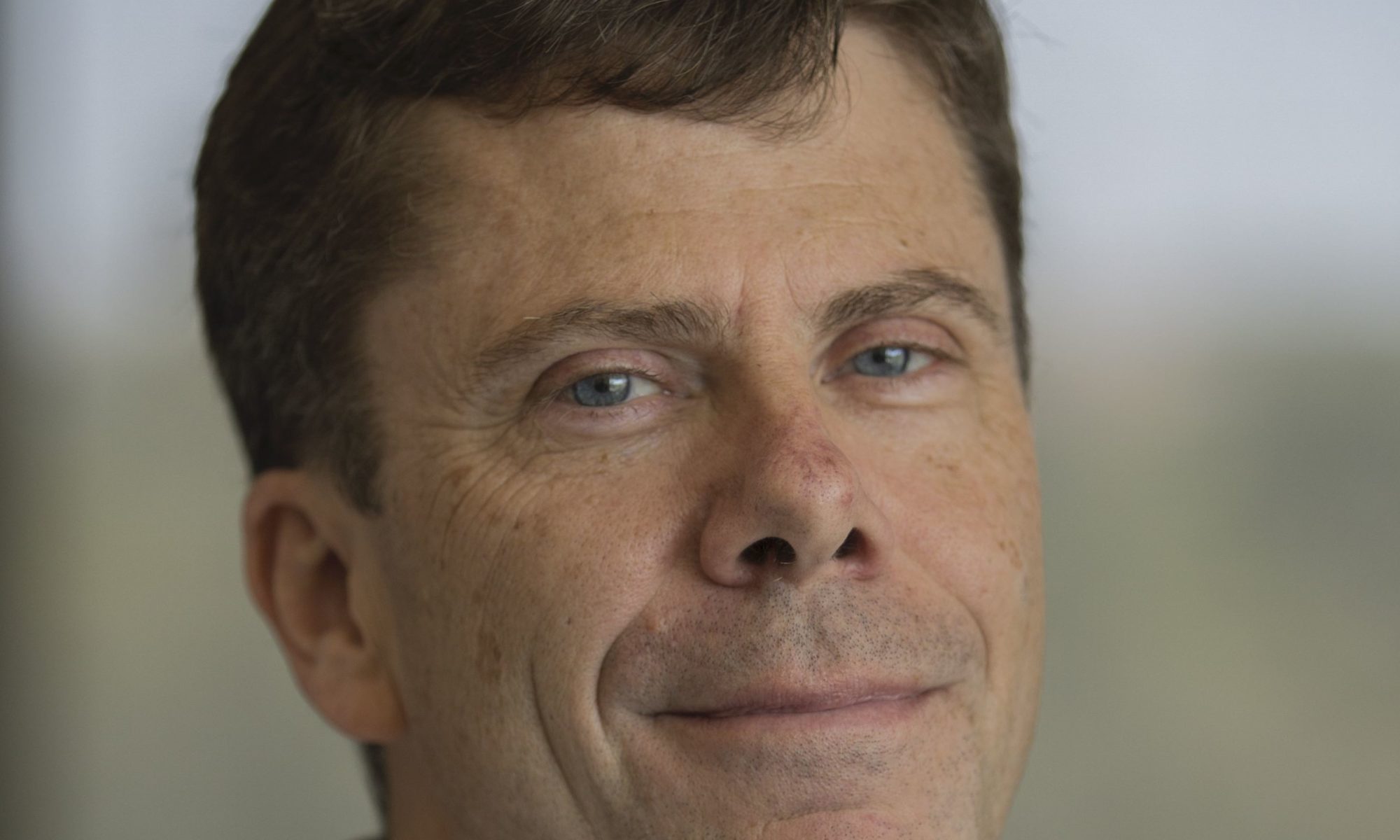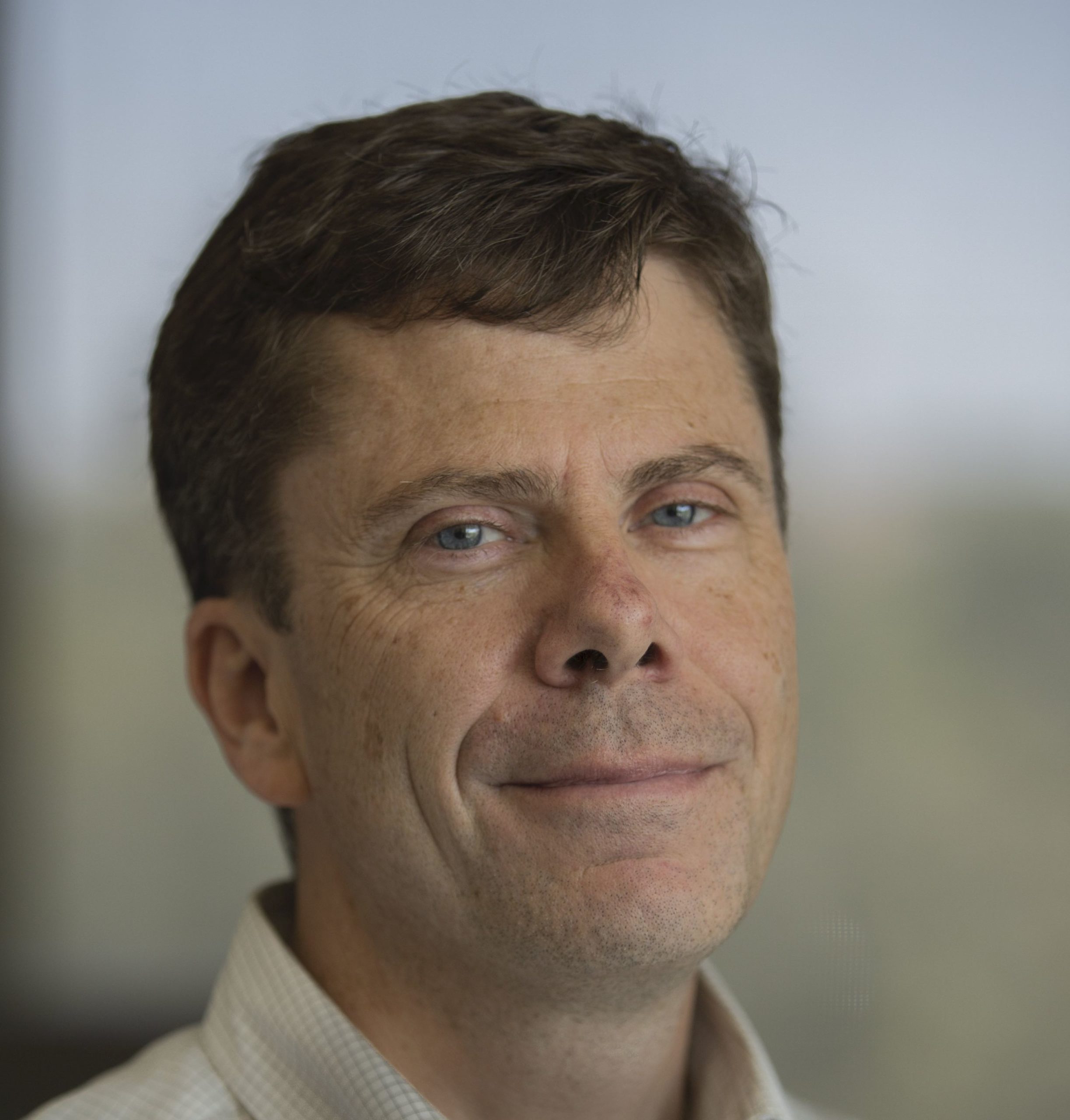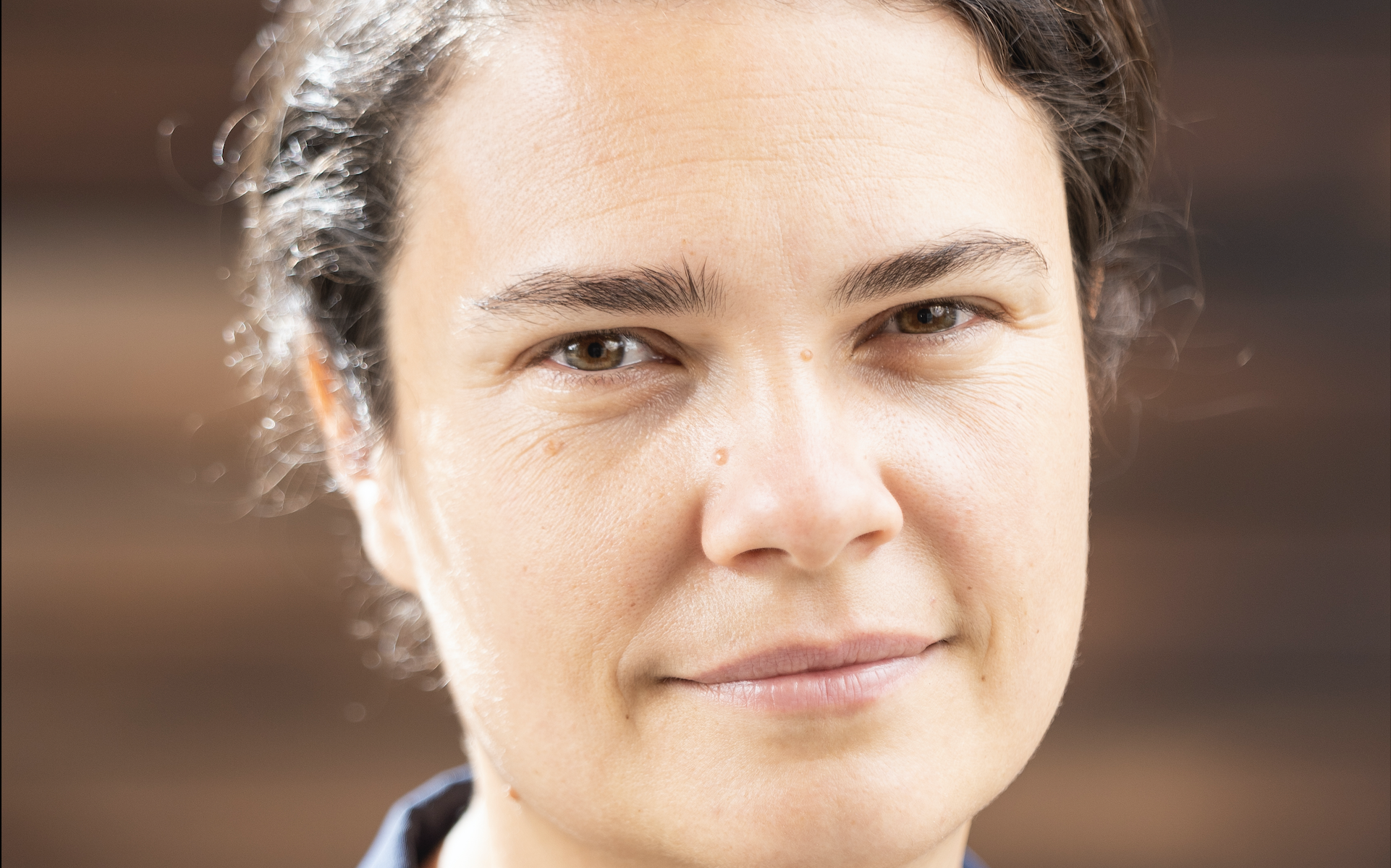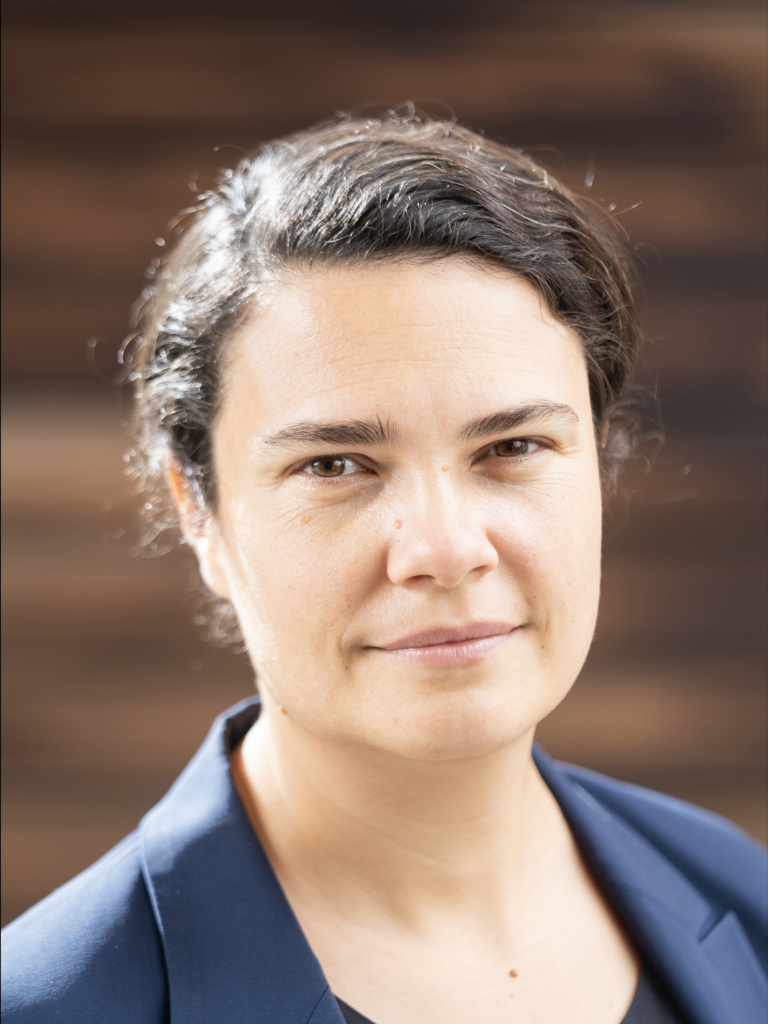
Abstract
While nuclear reactor design is recognized as an essential skill and intellectual output of academic nuclear engineering, little attention has been paid within the discipline to the structure of the reactor design process and how factors beyond physical constraints influence design outcomes. In this talk, I describe the first systematic exploration of the nuclear reactor design process through the application of methodological and theoretical tools developed within the mechanical engineering design research field. Empirically based on a study of 27 American and 5 French contemporary reactor projects, this work examines how reactor designers make decisions in the early foundational stages of design such as conceptualizing the available design space and making design choices around cost, safety, and performance. The findings of this study reveal that the structure of the design process and its outcomes are significantly shaped by the identity and expertise of the designer as well as the site of the design work.
They also highlight the importance of social determinants of design outcomes particularly in the early, critical stages of design, and point to the need for a richer understanding of the reactor design process that goes beyond the long-held view focused on engineering analysis as propounded in nuclear engineering pedagogy. A deeper comprehension of these determinants of design outcomes is likely to yield valuable insights for design practice, pedagogical purposes, and chiefly for the creation and implementation of policies in the nuclear energy sector. In closing the talk, I will briefly describe some of these future research directions.
Biography
Dr. Aditi Verma joined NERS in the Fall of 2021 as an Assistant Research Scientist and will become an Assistant Dr. Verma joined NERS in the Fall of 2021 as an Assistant Research Scientist and will become an Assistant Professor in the Fall of 2022. She will also support and interact with the Fastest Path team as a Faculty Associate. Verma is a Visiting Scholar at the Harvard Kennedy School Belfer Center for Science and International Affairs’s Project on Managing the Atom, and former Stanton Nuclear Security Postdoctoral Fellow at the Belfer Center where she was jointly appointed by the Project on Managing the Atom and the International Security Program. At MIT, she was a Burchard Scholar and a Kelly-Douglas Fellow.








